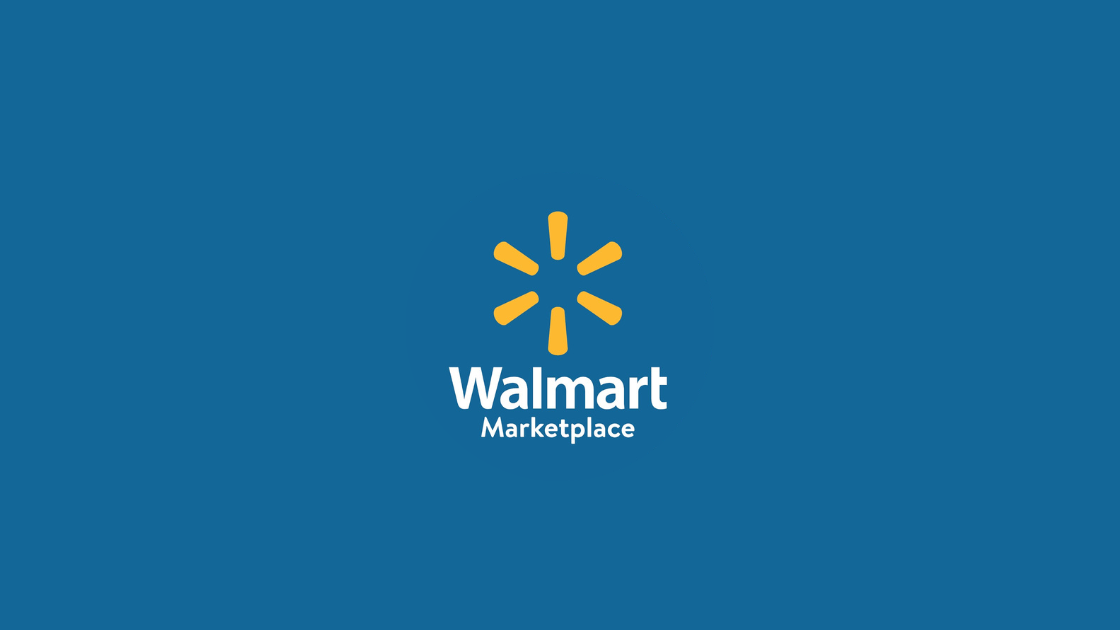International selling on Walmart Marketplace
Tambo has been closely following the launch of Walmart’s U.S. Marketplace for UK Sellers and recently sat in on the latest Deep Dive conference. Here are our takeaways.
Walmart Marketplace Overview
It has been just over a year since Walmart started discussions on opening the marketplace to UK sellers and the business has been streamlining the process ever since. They have 120 million monthly unique customers to their dot com site and are leveraging their foothold in retail bricks and mortar to enable these customers to collect marketplace purchases alongside grocery pick-ups. According to Walmart’s first-party data, 90% of marketplace customers live within a 10-mile radius of a Walmart, an indicator to suggest that this synergy is working.
Similar to other eCommerce marketplaces, referral fees are based on a category split. Fulfilment fees are based on item weight and there will be a monthly storage fee. One differentiator that the Walmart marketplace has, is that there won’t be any monthly recurring platform fee, which will incentivise sign-ups.
Walmart will also be offering a ‘Pro Seller Badge’ feature, similar to that of the eBay Top-Rated Seller model. There are performance criteria that sellers will have to meet but these shouldn’t be difficult to achieve. If attained, this will aid in exposure, visibility and customer confidence that will lead to increased conversion.
Setup Process & Requirements
The setup process appears simple and familiar, utilising a 3 step process - Business Verification, Payments & Shipping. International sellers have to provide a Country of Incorporation, Tax classification and Business details, along with documented proof for each. One key note is that a US Tax ID is not required. Sellers are able to state they do not have this information during the set-up which will align a W-8 BEN-E tax classification to the account.
Walmart has partnered with Payoneer to provide an international payments service. An account setup with Payoneer is required which requires details similar to that of the Walmart marketplace account. Walmart will pay funds into the Payoneer account which can then be sent onto the supplied business bank account
The next step is Shipping, which is mainly concerned with returns. All sellers have to have a US-based reverse logistics centre where goods will be processed outside of the Walmart eco-system. There are providers that offer this service however, Walmart has opted not to partner with any organisation which leaves the seller to work through this themselves.
US taxes vary from state to state which is a consideration that International sellers have to account for. Walmart marketplace will collect sales tax on behalf of the seller however, it is the responsibility of the seller to apply tax settings in Seller Centre to take advantage of this service. AVASK have stepped in as Walmart’s tax advisory partner for eCommerce sales. If sellers utilise WFS (Walmart Fulfilment Services), tax setup is much more simplified. Walmart will collect and remit sales tax on behalf of the seller in all but one of the US States. (Missouri currently does not allow this but laws are due to change in January 2023). If using a 3PL, sellers will have to register and file a return in the states where stock is held. Walmart will still collect and remit sales tax but the seller will be responsible for filing a return to avoid fines.
Item setup is the last stage of the process. Walmart has an internal catalogue but to assist sellers with the process they have partnered with Linnworks. Linnworks is an automated inventory and order management solution, built for multichannel eCommerce growth. Sellers can store all product data within Linnworks and then push this information to each channel as they see fit. The integration between Linnworks and Walmart means sellers can already create listings, match existing products against the Walmart catalogue and auto-select categories.
Tambo POV
It’s interesting to see how Walmart is adapting in a post-pandemic world. It is obvious that budgets have pivoted to eCommerce channels for many verticals and it appears Walmart is conditioning its business to take advantage of this.
With their large US market share and household brand name, Walmart has a solid foundation to bolt on a marketplace offering. They are able to leverage their existing infrastructure of stores, warehouses, wagons etc to come into the space with an interesting USP.
It is still early stages for international sellers on the platform and the US is notoriously difficult to navigate. That said, with the help of Walmart’s partners, areas such as Taxes appear simplified and the process is straightforward. There are still a few question marks around the simplicity of international shipping & returns, with sellers being left to manoeuvre through these fields on their own.
The UK has already seen companies like B&Q make their move to deliver a marketplace offering, alongside their existing business. UK grocery retailers should maybe take note of how Walmart is diversifying to avoid stagnation in an ever-growing digital world.
If you have any questions or would like to talk to us about getting started on Walmart, get in touch or read more about Walmart Marketplaces here.



